Didyma, Turkey
Steven Dutch, Professor Emeritus, Natural and Applied Sciences,
Universityof Wisconsin - Green Bay
Didyma was an ancient sanctuary, second only to Delphi in importance. The name is actually pre-Hellenic, but the Greeks seized on the similarity of the name to "Didyma," meaning "twin." The name was explained as referring to the twin deities Artemis and Adonis.
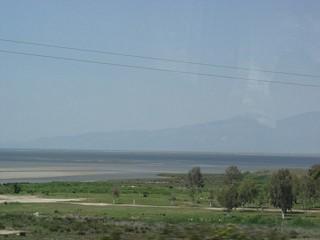 |
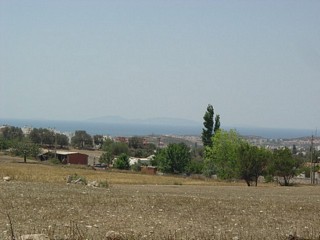 |
| Above: Views of the coast near Didyma | |
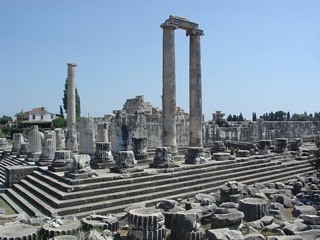 |
At first glance, Didyma is just another ruined temple until you get close and see how huge the columns are. |
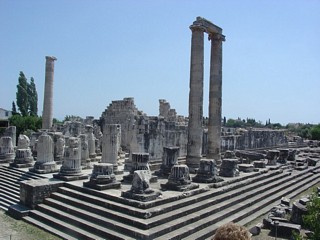 |
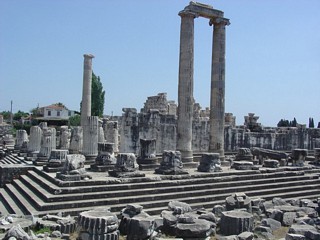 |
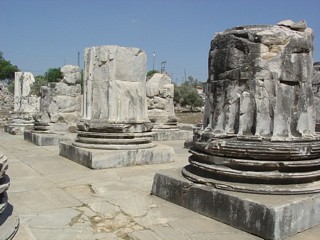 |
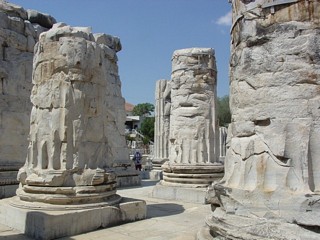 |
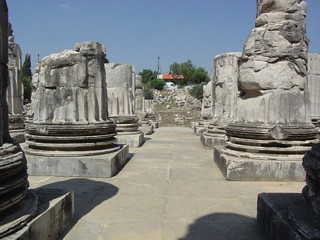 |
 |
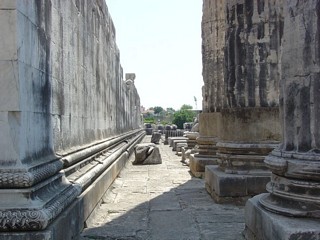 |
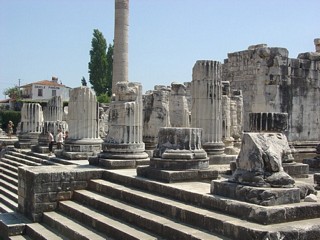 |
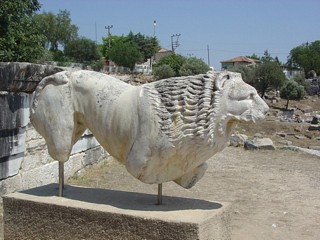 |
Left: Carved lion. Below: Medusa heads. |
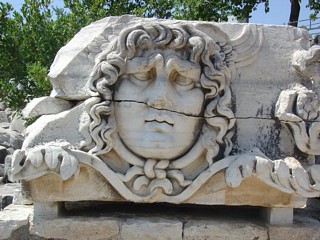 |
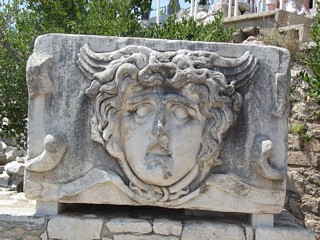 |
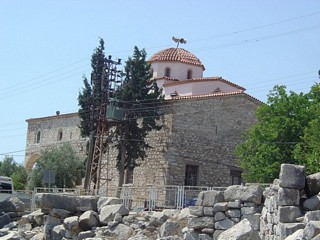 |
Left: Every mosque has a crescent on top, which storks find an excellent foundation for building nests. |
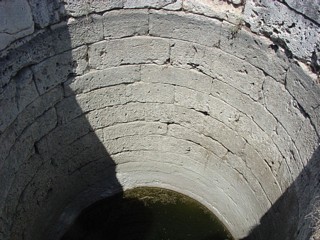 |
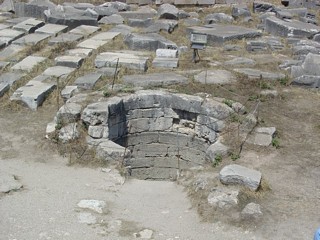 |
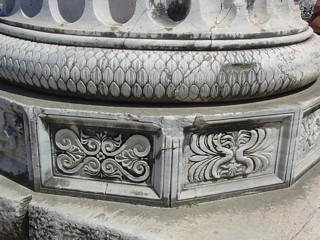 |
Left and below: Some of the column bases have exquisite carvings. |
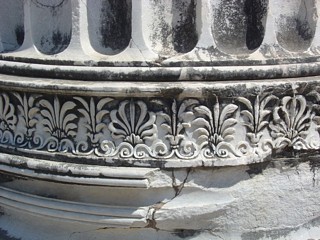 |
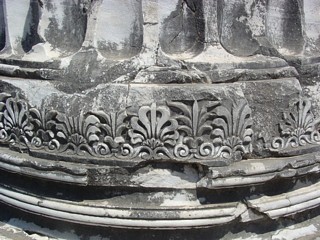 |
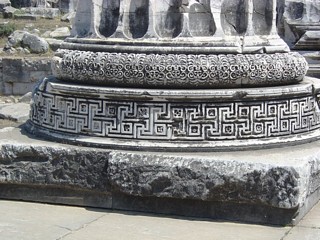 |
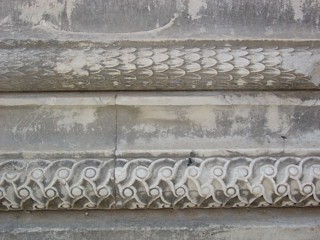 |
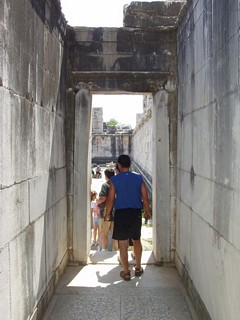 |
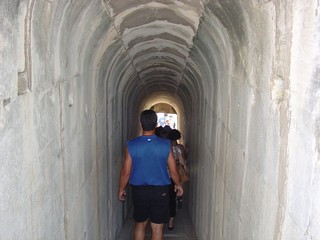 |
| Above: a tunnel leads to the interior, bypassing the monumental staircase. | Below: Interior staircase. Note the tunnel exit at left. Note the size of the columns with people for scale. |
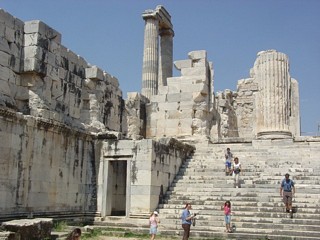 |
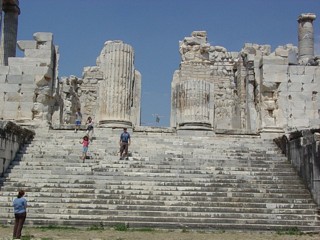 |
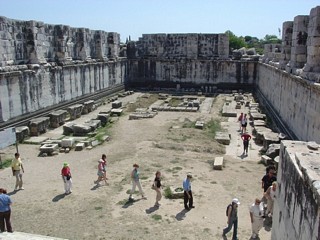 |
Interior sanctuary |
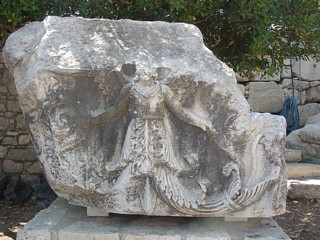 |
Left: Carving identical to the traditional concept of an angel.
The imagery of angels was derived from pre-Christian sources. Below: Carvings, mostly column capitals. |
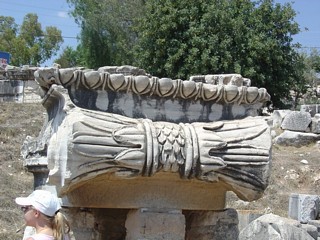 |
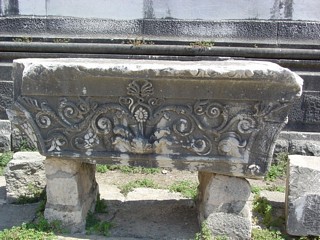 |
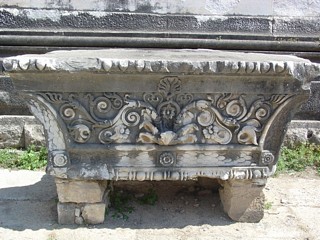 |
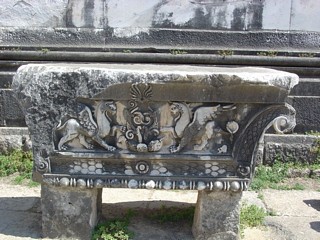 |
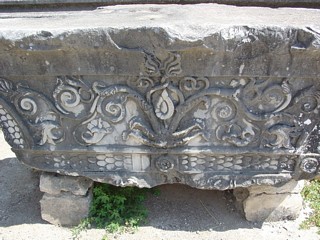 |
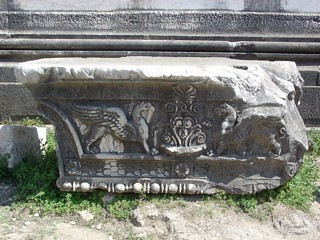 |
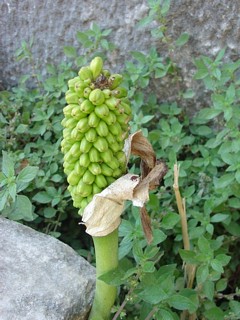 |
Below: Sacred wells in the sanctuary. |
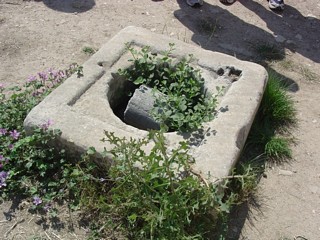 |
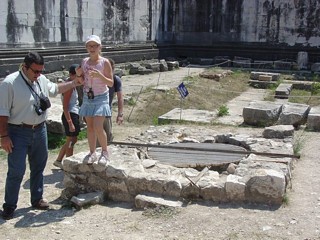 |
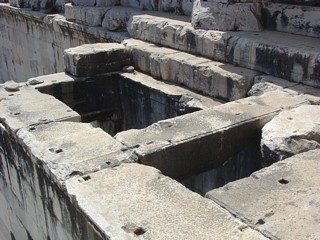 |
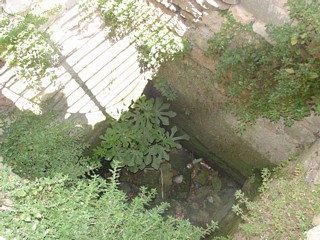 |
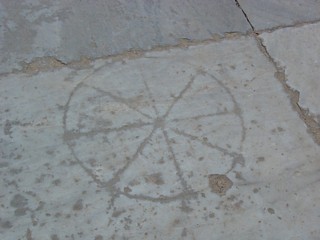 |
Our guide told us a story about how these were Christian symbols
because you can take portions of the design to spell "Christ." Without
trying very hard, you can actually make every letter in the alphabet. Like Christians were going to risk getting caught carving symbols in the pavement. It's actually a Roman game that modern scholars call "rota" (wheel), a Roman version of tic-tac-toe |
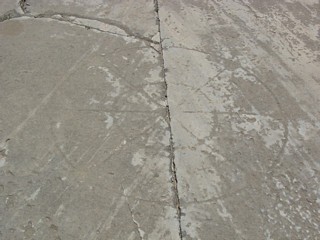 |
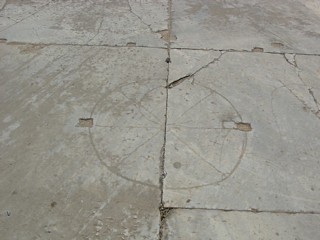 |
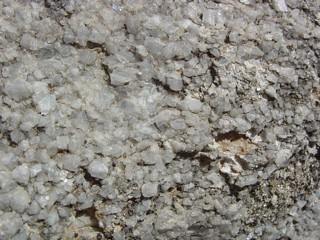 |
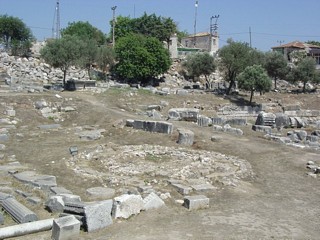 |
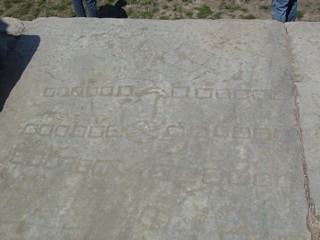 |
Left and below: Ancient doodles. |
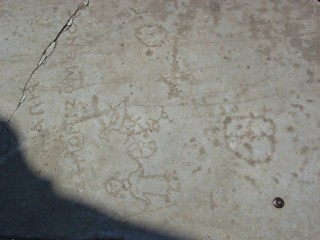 |
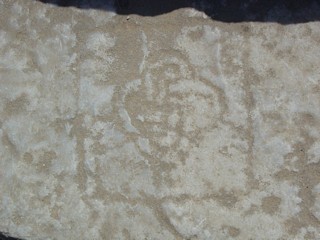 |
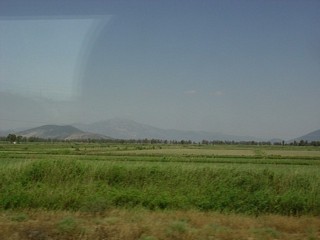 |
Left and below: countryside between Didyma and Kusadasi. |
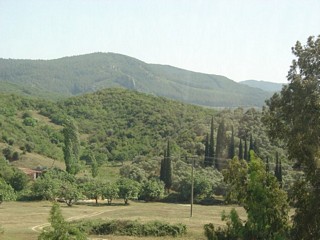 |
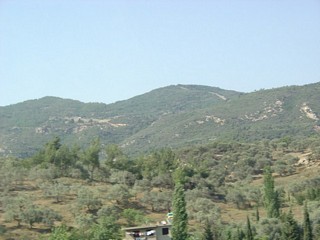 |
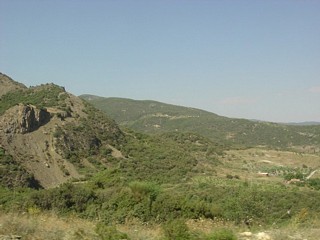 |
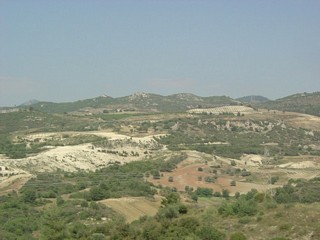 |
Return to Virtual FieldTrips Index
Return to Historic Sites Index
Return to Professor Dutch's Home Page
Created 07 December 2011, Last Update 04 June 2020